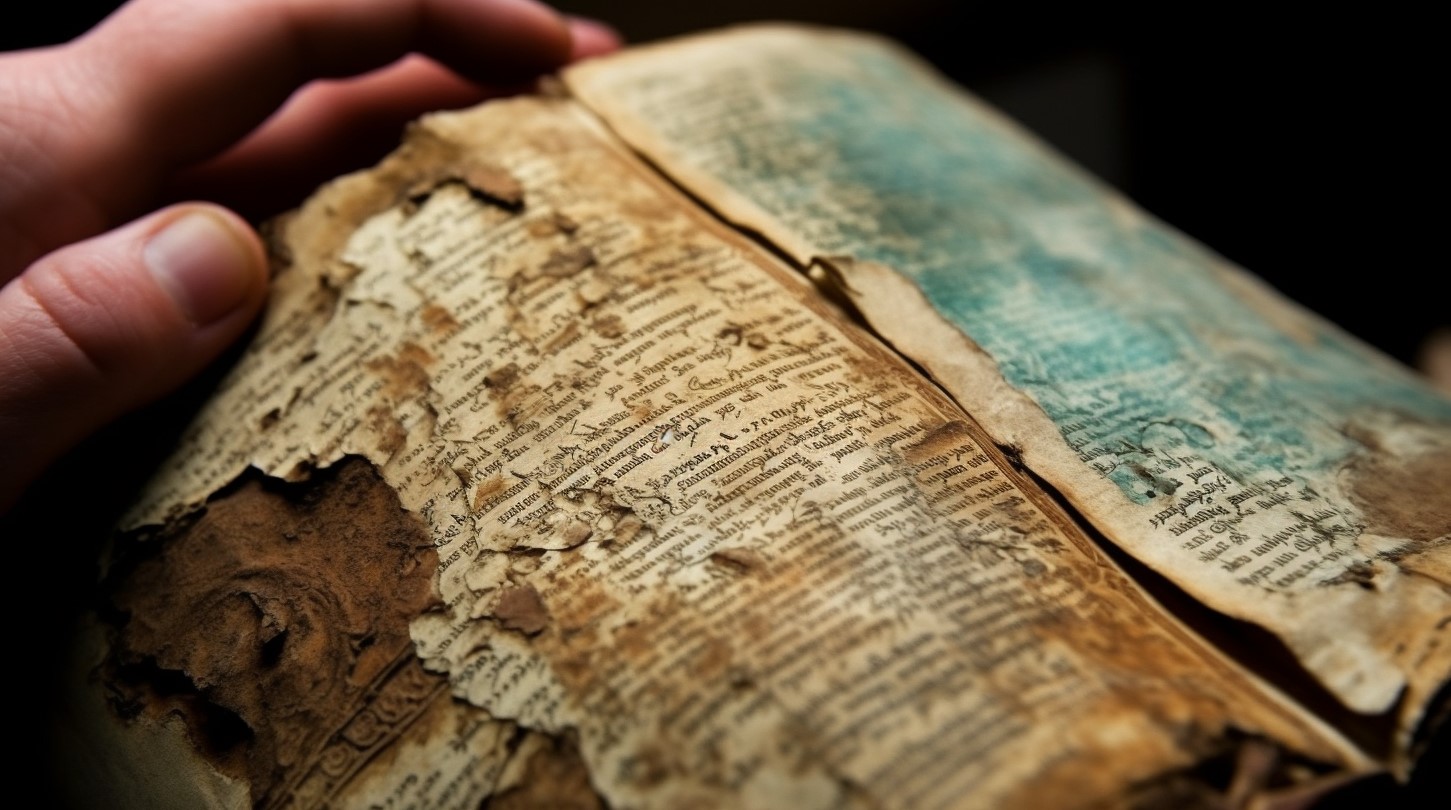
A lost fragment of a manuscript, representing one of the earliest translations of the Gospels, has recently been discovered by a scientist. Through the use of ultraviolet photography, the researcher was able to uncover this “new” ancient translation, which is one of only four known examples of the Old Syriac translation. The discovery, announced in a paper published in the journal New Testament Studies, was made by Grigory Kessel, a medievalist from the Austrian Academy of Sciences (OeAW).
Kessel found the hidden chapter, an interpretation of Matthew chapter 12, beneath three layers of text. This unique document is referred to as a double palimpsest, as the parchment was reused multiple times due to the scarcity of parchment in the region several hundred years later. The original translation of the Biblical New Testament was mostly erased, but remnants of it were revealed through ultraviolet photography.
“Until recently, only two manuscripts were known to contain the Old Syriac translation of the Gospels,” states Kessel in a news release. One manuscript is housed in London’s British Library, and the other was discovered as a palimpsest at St. Catherine’s Monastery in Mount Sinai. As part of the “Sinai Palimpsests Project,” a third manuscript was recently unearthed. Kessel’s discovery marks the fourth manuscript, believed to be a translation from a 3rd-century text that was likely copied in the 6th century. The parchment containing the hidden chapter is currently stored in the Vatican Library.
Claudia Rapp, director of the Institute for Medieval Research at OeAW, praises Kessel’s profound knowledge of old Syriac texts and script characteristics, stating that he has made a significant discovery. While fragments of New Testament text from the 3rd century exist, the oldest surviving complete manuscript of the New Testament is the Greek Codex Sinaiticus, which dates back to the 6th century.
The OeAW highlights that Syriac translations can predate the 6th century. Rapp emphasizes that this discovery demonstrates the fruitful and important collaboration between modern digital technologies and fundamental research when studying medieval manuscripts.
(Story by Tim Newcomb)

